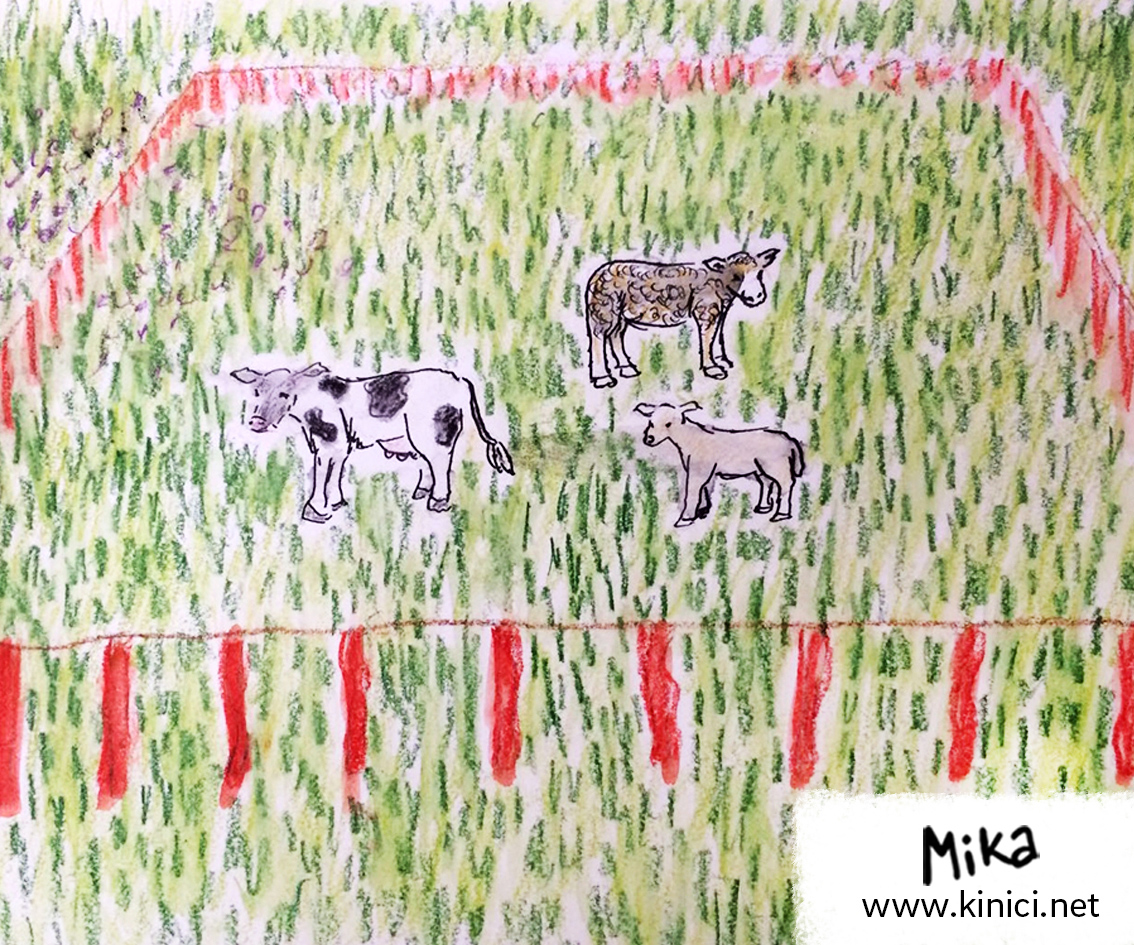 There are ways to protect domestic animals from wolves. Knowledge about basic behaviour and needs of predators makes fine ground for solid protection of domestic animals.
There are ways to protect domestic animals from wolves. Knowledge about basic behaviour and needs of predators makes fine ground for solid protection of domestic animals.
1. Fladry – is a line of rope from which are suspended coloured flags 10x60 cm in size. Distance between each should be 40–50 cm. They flap in breeze around 15–20 cm above ground. The length of ropes which they are tied to depends on the terrain they are fencing. Sometimes it can be for several kilometres. Wolves are scared of it and will not cross the fladry line. Still, wolves learn fast, and once they learn they overcome fear, fladries will not be an obstacle. This is why they should be used in combination with other means of protection such as electric fence or shepherd dog.
2. Fences – it should be at least 2.5 m high. They are made from boards or nets. Boards are better solution since predators cannot easily jump over it as they can with netted fences. The fence must be at least 0.5 m deep in the ground because, otherwise, wolves can dig under it with ease ad go pass it. They are efficient on smaller terrains. It s the best if there is a shepherd dog too.
3. Electric fence 8000 V charge – at least 2.5 m high. When there is a contact, the fence receives electricity for one second. It prevents domestic animals from escaping but keeps predators away as well. It is a good combination together with fladries.
4. Sound and light signals – putting a bell around domestic animals' neck or any other sound signal at the place they are living at, can keep predators away for a short period of time because they very quickly get used to it. This is why it is better to have different sounds played in different time intervals with light signals and pepper spray.
5. Food availability – forbid hunting in areas where wolves live. This way predators have access to natural food sources.
6. Animals as warnings – shepherd dog that will distract predators.
Except these measurements, domestic animals should be taken to free and checked pastures in a herd that is not as scattered. This lessens a chance of predator attack.
